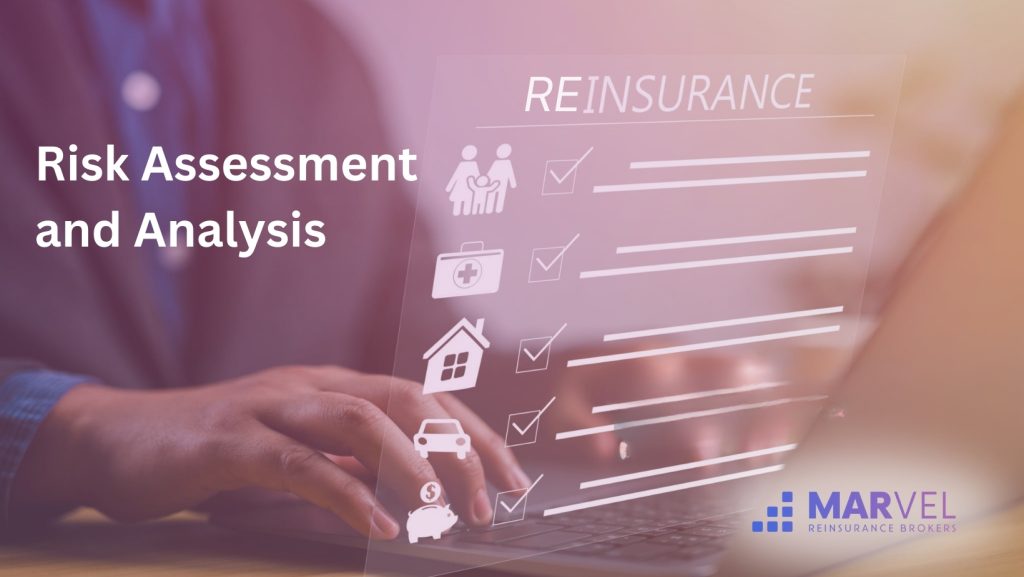
Insurance works like a safety net, wherein the assets belonging to you are protected against some unforeseen event that may result in financial loss. But how do the companies make a decision as to what extent it should protect you? Well, that is where the concepts of risk assessment and analysis come in. Allow me to explain the details.
What is Risk Assessment?
Risk assessment is the process of identifying possible risks that could affect a person or business. To put that into perspective, consider it as though one had sent a detective on a case: The detective looks for clues, gathers the facts, and works out what might go wrong. Thus, in insurance, that would be anything that might result in a claim.
Identification of Potential Risks
Everybody, whether individual or business, possesses different risks. For example, a young driver carries the highest risk for accidents, whereas an experienced one carries the lowest risk. Likewise, a small enterprise located in a busy place is at a high risk for theft. To this end, insurance companies consider these and many other factors to come up with the probability that the occurrence of any event is possible.
Importance of Risks
Second, understanding risks can save money and trouble down the line. Because insurance companies can understand the risks of insuring a person or business, they may charge appropriate premiums. This means charging more when the risk is higher and less when the risk is lower. It is a smart way of budgeting by both the insurer and the insured.
What is Risk Analysis?
This is followed by the process of risk analysis once identified. In this, the insurance companies take into account the probability of occurrence of a risk along with the magnitude of its potential effect. Think of it as weighing options before making a major decision. Is it worth the risk? Let’s dive into this process.
Measuring Likelihood and Impact
The insurance companies follow the data of the past, statistics, and a large number of models to predict the probability of occurrence of a certain risk. As a simple example, they would refer to their past experience of car accidents within a locality to estimate the chances of car accidents by a policyholder who lives in that locality. The severity of a risk can also vary from small to large. A minor accident might simply result in scratches that may require minor repairs, while a large fire could wipe out a whole business.
Analysis Tools and Techniques
To conduct these analyses, insurers utilize various tools, including actuarial models and software. The actuaries are the wizards of numbers in the insurance field. They work out the numbers to develop models that predict what future claims will look like based on current data, and turn complex information upside down into understandable forecasts.
The Role of Data in Risk Assessment
Today, data are everywhere. Insurance companies are collecting oodles of data to fine tune their risk assessment. Data could range from credit score to driving history. Increased data leads to greater assessment accuracy.
Using Technology to Make Better Predictions
This is particularly about the use of advanced technologies, such as advanced analytics and artificial intelligence, whereby insurers can understand the trend and pattern that might have remained invisible otherwise. It’s like having that crystal ball to help predict the future. In this way, if new information comes in, one can rapidly make the changes by modifying policies.
Conclusion: The Balancing Act of Risk in Insurance
In general, risk assessment and analysis are important in maintaining equilibrium within insurance. It’s just like a seesaw wherein for every single risk there has to be a balance, usually in terms of premiums and policies. With proper assessment and analysis of risks, insurance firms can provide sufficient and effective cover that meets the needs of clients, with protection for their interests at the same time.
The ultimate goal is immutably simple: to make insurance continue serving as a sure net for everyone, ever ready to catch when the world whips the rug from under one’s feet.

